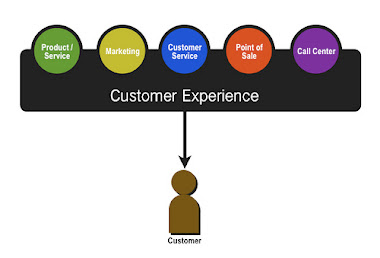Evaluating the Consistency and Quality of Your Customer Experiences
Alignment
In our work we often see a Cx “champion” emerge who works tirelessly to get their colleagues and leaders excited about improving experiences. But this person can’t do it alone. Why? Because the customer experience can’t be owned by one person or department when every person, technology, department, and process that is put in place influences how a customer interacts with your business.
Customer Experience
Take a moment to think about how your customers and clients currently interact with you. Where do these interactions happen? What is the quality of these touch points? How does it feel to do business with you? And how should it feel to do business with you?
Employee Experience
Think about the last time you worked with someone who was good at their job, than compare that to the last time you worked with someone who was good at their job and genuinely loved the work they were doing. The former isn’t delivering a poor experience, but you will always choose to work with the latter. Your employees make or break the customer experience so it’s important to find out what you can do to ensure that your employees love their work.
Break Points
Be willing to admit where you are currently failing your customers. Look at data, talk to your employees, and find where these areas are – and then fix them.
Feedback
Feedback can be tricky business – ask too little and you make uninformed decisions, ask too much and you annoy your customers, ask the wrong questions and you may make the wrong moves. When it comes to dealing with the customer experience we have a few simple rules:
- Only ask questions that you are willing and able to take action on
- Avoid asking your customers questions that your employees have the answers to
- Never ask your customers something you already know
- Share feedback liberally
Find the people who are already delivering the “wow” moments to your customers, your Brand Ambassadors, and learn from them. Identify the behaviors that make your customers fall in love with you – Is it great product? Prompt responses? An account manager who calls to wish them a happy birthday? – and when you have these answers then work with HR to embed customer-focused practices into hiring, promotion, and rewards structures.
Culture
Improving customer experiences is a journey. With that in mind, it becomes especially important for companies just beginning these journeys to implement measures that will maintain momentum. Things like sharing stories, establishing metrics that will track success, and rewarding the big and small successes will ensure that your Cx initiatives today will continue to improve tomorrow.

No comments:
Post a Comment